The state-owned enterprise sector is being mentioned when a series of large-scale, important projects of the country continue to be put on the track, preparing the position and strength for the era of growth.
State-owned enterprises must be allowed to do unusual things - Part 1: Expectations to return to the development track
The state-owned enterprise sector is being mentioned when a series of large-scale, important projects of the country continue to be put on the track, preparing the position and strength for the era of growth.
The country's determined growth target for 2025 and the next period once again puts the state-owned enterprise sector, with several quadrillions of VND in assets and decades of experience in key areas of the economy , at the "firing point".
But once again, the need to remove institutional bottlenecks for state-owned enterprises becomes urgent when the mission of this business sector is to invest in creating development, not simply to invest in business.
 |
| The economy needs a Vietnamese railway industry and service corporation with completely new capacity to take on the role of investment and development. |
Lesson 1: Expectations of getting back on track
The state-owned enterprise sector is being mentioned when a series of large-scale, important projects of the country continue to be put on the track, preparing the position and strength for the era of growth.
Golden time
During the second working session of the 8th Session of the 15th National Assembly , the Draft Law on State Capital Management and Investment in Enterprises will be submitted to the National Assembly. During the same time, National Assembly deputies will have group discussions on this draft law.
Dr. Nguyen Dinh Cung, former Director of the Central Institute for Economic Management (CIEM), mentioned the National Assembly's working schedule with many expectations. "We must remove institutional bottlenecks for state-owned enterprises. It is time for this sector to be the locomotive, contributing to the main growth drivers of the economy, and not continue to harbor the resentment of being a 'giant with feet of clay'," Dr. Cung raised the issue.
Last week, when the investment policy for the North-South high-speed railway project was discussed by National Assembly deputies, Mr. Cung and a number of economic experts had a heated discussion. Many opinions said that with a total investment capital of about 150 billion USD in the 2025-2030 period (including urban railways), up to 312 billion USD by 2050, the new era of the railway industry officially begins.
With the open development space of many economic sectors, many new growth poles being activated, new mechanisms being designed with the mindset of mobilizing all internal resources, the Vietnamese business community is facing the opportunity to test itself in a new playground, a new level...
But what the Vietnamese business expert expects most in the new page of the more than 150-year history of Vietnam's railways, since the construction of the first railway connecting Saigon with My Tho in 1881, is the golden time for Vietnam Railways Corporation (VNR) to stand tall as a leading enterprise in terms of human resources, resources, and technology in the railway industry and service ecosystem.
The reason is not only that VNR is expected to take over the management, operation and exploitation of the entire infrastructure of the route; receive all vehicles and equipment for exploitation and be responsible for paying off investment costs. Importantly, the economy needs a Vietnam railway industry and service group with completely new capacity to take on the role of investment development, participate in the high-risk investment phase, and prepare the capacity to master maintenance and repair technology...
“This is VNR's first task, to do the most difficult and biggest jobs, not just pure business activities,” Mr. Cung clarified his point of view.
Great opportunity
Not only VNR, great opportunities are calling many state-owned enterprises.
In mid-October 2024, Viettel became the first network operator in Vietnam to provide 5G network, covering 63 provinces and cities. With this move, after being slow with 2G, 3G and even 4G, for the first time Vietnam joined the world in applying the latest technology of the 4.0 revolution, becoming one of the earliest countries to successfully test... This is also the basis for Viettel to be mentioned in the list of enterprises participating in the high-speed railway project, with the pioneering position in research and application of technology...
History has shown an immutable rule that every time there is a technological breakthrough or an industrial revolution, a turning point in the development of countries, peoples and businesses appears. This time, the "ship" of the 4.0 industrial revolution along with the trends of green transformation, digital transformation... gives priority seats to countries and businesses with the ability to innovate, take the lead in developing and applying new technologies...
In Vietnam, state-owned enterprises are meeting many of the necessary conditions to have a place on this ship. Especially after the pandemic, the health and capacity of the Vietnamese private enterprise sector has been significantly eroded. The investment ratio of the private enterprise sector in the total social investment is the lowest in many years, and it will take time to recover.
This is not the first time Mr. Cung has mentioned the great opportunity for state-owned enterprises to return to the development track. In 2018, when discussions about Vietnam's opportunities in the 4.0 industrial revolution began to arise, Mr. Cung was almost the one who "went against the current" to name the state-owned enterprise sector. At that time, Viettel's "stirring up" in many mobile telecommunications markets around the world had become a guaranteed model. Until now, Dr. Nguyen Dinh Cung still clearly sees those conditions.
According to the latest data, the total assets of the state-owned enterprise sector by the end of 2023 reached over VND 3.89 trillion, an increase of 2% compared to the beginning of 2023. Particularly, corporations, general companies, and parent-subsidiary companies have total assets of VND 3.57 trillion, of which the total equity is VND 1.64 trillion, accounting for 90% of the total equity of state-owned enterprises.
In the 2021-2023 period, 100% state-owned enterprises will maintain holding about 7% of total assets and 10% of equity of all enterprises in the market, accounting for about 25.78% of total production and business capital and 23.4% of fixed assets and long-term financial investments of enterprises. This sector contributes about 28% of state budget revenue; attracts about 0.7 million workers, accounting for about 7.3% of the total workforce of the enterprise sector...
“With resources, capital and specialized human resources, state-owned enterprises have the best conditions in the Vietnamese business community to become major investors, leading and supporting the innovation, creativity and productivity increase process of key economic sectors,” Mr. Cung emphasized.
Six years ago, when talking about the opportunities for state-owned enterprises in the 4.0 industrial revolution, these were also the things this expert mentioned. But this time, the conditions are much stronger.
A whole new picture
There is no longer any hesitation about the role of state-owned enterprises in the economy, especially after Resolution 12-NQ/TW in 2017 of the Politburo on continuing to restructure, innovate and improve the efficiency of state-owned enterprises.
- General Secretary To Lam

(Excerpt from the opening speech of the 8th Session, 15th National Assembly)
Economists all mention this key condition when discussing the opportunities of state-owned enterprises. Moreover, this position and role can be clearly visualized through the specific targets and objectives set forth in Resolution 68/2022/NQ-CP (on continuing to innovate, improve operational efficiency and mobilize resources of state-owned enterprises, focusing on economic groups and state-owned corporations in the socio-economic development of the Government).
Specifically, state-owned enterprises will be the sector with high productivity, quality, efficiency and competitiveness through promoting digital transformation and application of science and technology; there will be a number of large-scale economic groups and corporations with technological and innovative capacity to invest in development in a number of new or important sectors and fields of the economy such as energy (prioritizing renewable energy and clean energy), national infrastructure, finance, telecommunications industry, semiconductor industry, core technology, etc.
In particular, 100% of economic groups and state-owned corporations apply digital-based governance, implementing corporate governance approaching the governance principles of the Organization for Economic Cooperation and Development (OECD); 100% of economic groups and corporations have new projects, including a number of typical investment projects, leading and spreading in nature, bearing the brand of state-owned enterprises.
More ambitiously, there will be at least 25 state-owned enterprises with equity or market capitalization of over 1 billion USD, of which at least 10 enterprises will reach over 5 billion USD. 100% of state-owned enterprises will have orientations and implement investment shifts, aiming at investment projects, using green, clean technology and reducing carbon emissions...
It must be emphasized that the above goals must be completed by 2025, which means only one year left, according to the assignment of Resolution 68/2022/NQ-CP.
Mr. Nguyen Van Phuc, former Deputy Chairman of the National Assembly's Economic Committee, is particularly interested in the context and deadline for completing these goals and criteria. According to him, there is no better time to talk about the era of state-owned enterprises with truly appropriate shirts.
“The pressure to achieve the region’s ambitious targets and goals, as well as the very high growth targets for 2025, is being supported by the breakthrough thinking that General Secretary To Lam has emphasized, which is to remove institutional bottlenecks. Amending the Law on Management and Use of State Capital Invested in Enterprises (Law 69) will be a pioneering step,” Mr. Phuc emphasized.
However, Mr. Phuc said, VNR and other state-owned enterprises have the opportunity to become “a Viettel”, but may miss the historic train, as they did before...
(To be continued)
Source: https://baodautu.vn/doanh-nghiep-nha-nuoc-phai-duoc-lam-nhung-viec-khac-thuong---bai-1-ky-vong-tro-lai-duong-ray-phat-trien-d230230.html




![[Photo] Party and State leaders attend the special art program "You are Ho Chi Minh"](https://vphoto.vietnam.vn/thumb/1200x675/vietnam/resource/IMAGE/2025/5/18/6895913f94fd4c51aa4564ab14c3f250)
![[Photo] Many young people patiently lined up under the hot sun to receive a special supplement from Nhan Dan Newspaper.](https://vphoto.vietnam.vn/thumb/1200x675/vietnam/resource/IMAGE/2025/5/18/6f19d322f9364f0ebb6fbfe9377842d3)
![[Photo] Ready for the top competitions of Vietnamese table tennis](https://vphoto.vietnam.vn/thumb/1200x675/vietnam/resource/IMAGE/2025/5/18/9c547c497c5a4ade8f98c8e7d44f5a41)




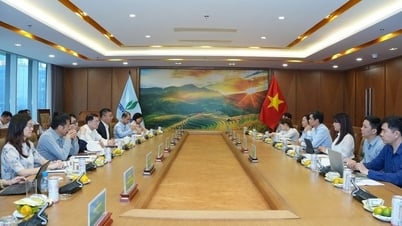



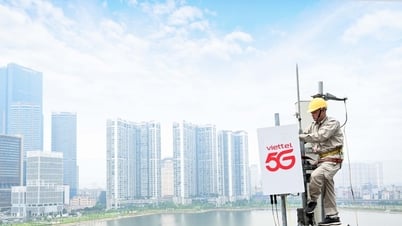



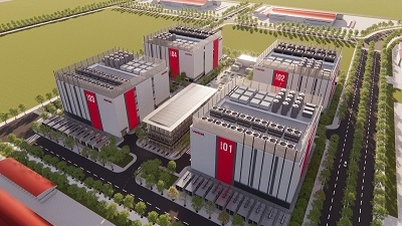





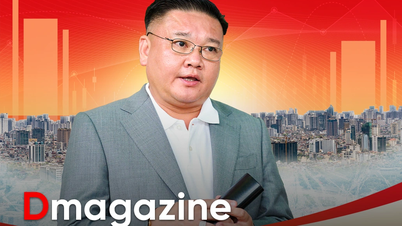

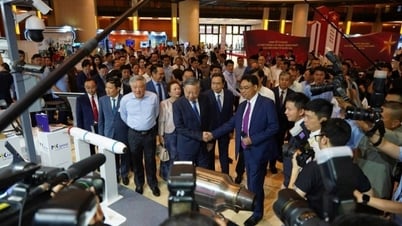

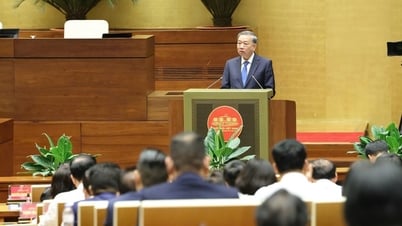




























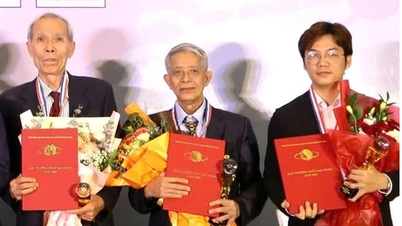




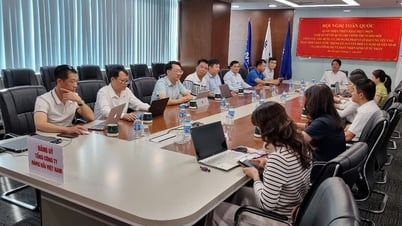


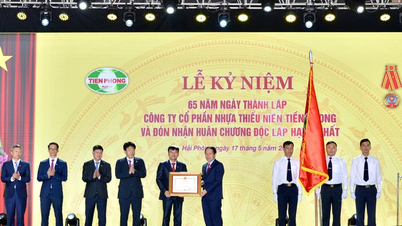









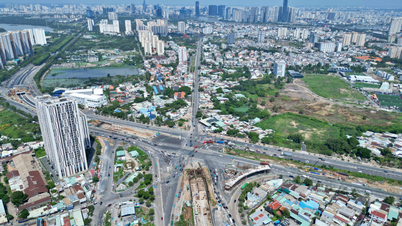
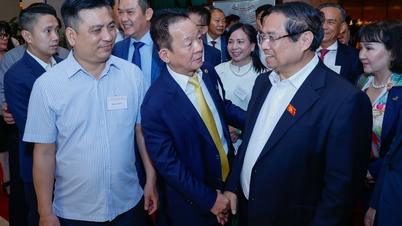
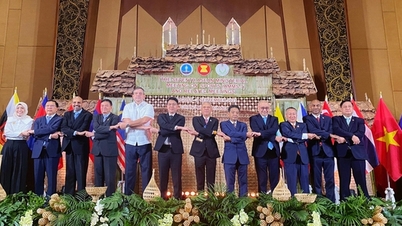

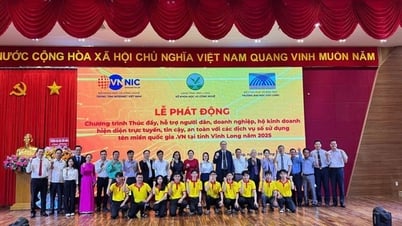

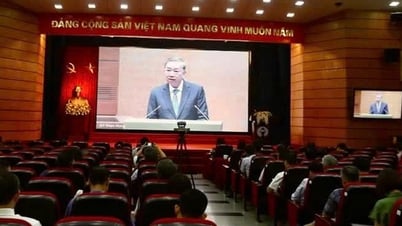
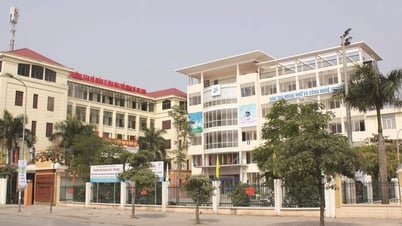







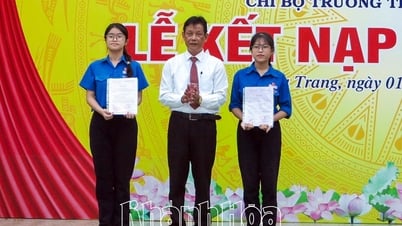
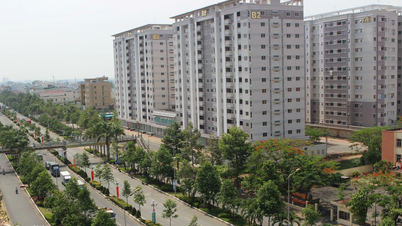

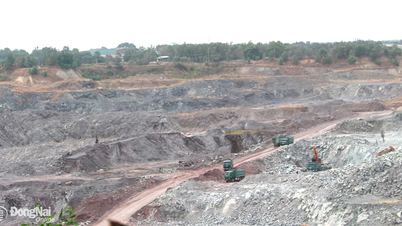










Comment (0)